Affiliate Disclaimer
Some links in this article are affiliate links. We may earn a small commission if you make a purchase through these links, at no extra cost to you. We only recommend products we find useful to our readersMiliaria rubra (A) is one type of heat rash that appears as clusters of small, inflamed blister-like bumps that can produce intense itching. Miliaria crystallina (B), a different kind of heat rash, appears as transparent, fluid-filled bumps that don’t hurt or itch. It is a skin condition that often strikes when the body struggles to regulate its temperature in hot and humid environments.
This joint irritation occurs when sweat gets trapped in blocked sweat ducts. It’s especially prevalent in warm weather, where prolonged sweating and lack of airflow can exacerbate the condition. While heat rash can affect anyone, infants, older people, and individuals with sensitive skin or obesity are particularly prone to it.
The discomfort from the itching or prickling sensation can range from mild to severe, and in some cases, it can lead to further complications if left untreated. Understanding the causes, symptoms, and effective treatments for heat rash is critical to managing it and avoiding recurrence—whether lounging by the pool or running errands on a hot day.
Causes of Heat Rash
Heat rash results when your body’s natural cooling mechanism, sweating, is overburdened or blocked. Newborns frequently experience it since their sweat glands haven’t fully matured, and older kids may also experience it. Usually, heat rash goes away soon, but it may take up to three weeks.
Heat rash is more likely to occur if you:
- Are growing accustomed to the warmer weather
- Wear too many garments while it’s warmer outside
- Spend time lying in bed, particularly if you have a fever (high temperature).
- Exercise
- Use of certain drugs that stop sweating
- Some medical disorders, like toxic epidermal necrolysis
Heat Rash: Where It Typically Appears
Heat rash often appears as small red or pink pimples on the skin and is most common in areas prone to sweating. The following are common signs of heat rash in places that sweat a lot:
- The face
- The area beneath your scrotum,
- Beneath your breasts
- Your neck
Symptoms of Heat Rash?
- Small spots are known as papules
- Itching sensation
How Does One Look for Heat Rash?
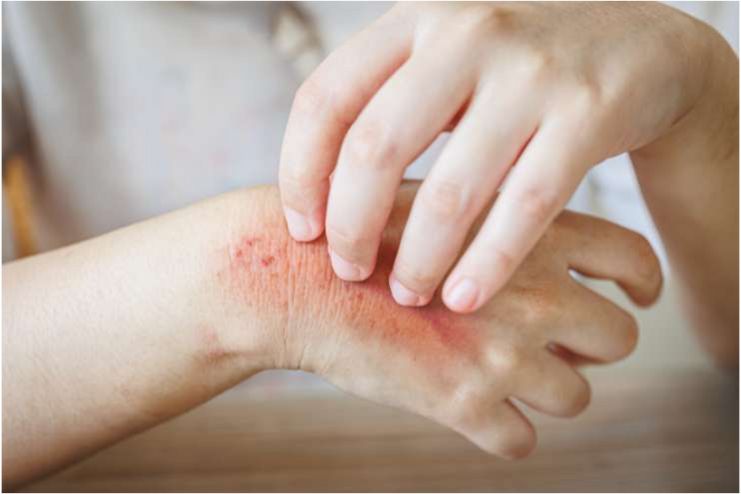
The impact of various forms of heat rash can vary, and each one has a slightly different appearance.
1. Miliaria Crystallina
This is the most prevalent and mildest type of heat rash. Miliaria crystalline is characterized by tiny, fluid-filled, transparent, or white pimples on the skin’s surface. Sweat bubbles that frequently break cause these pimples. Unlike what many people think, this kind of heat rash shouldn’t hurt and doesn’t itch.
2. Miliaria Rubra
Compared to infants and children, adults are more likely to experience this kind of heat, sometimes known as “prickly heat.” Miliaria rubra is considered more uncomfortable than Miliaria crystallina because it affects the skin’s outermost layer. Miliaria rubra thrives in hot, muggy weather.
3. Miliaria Profunda
The least frequent type of heat rash is called Miliaria profunda. It may become chronic or long-term and recur frequently. This type of heat rash develops in the deeper layer of skin, the dermis. Adults usually get miliaria profunda after physical exercise, which causes sweat. Big, tough, flesh-colored pimples are a sign of miliaria profunda. Dizziness and nausea may result from heat rash because it stops sweat from escaping your skin.
18 Home Remedies for Heat Rash
1. Aloe Vera
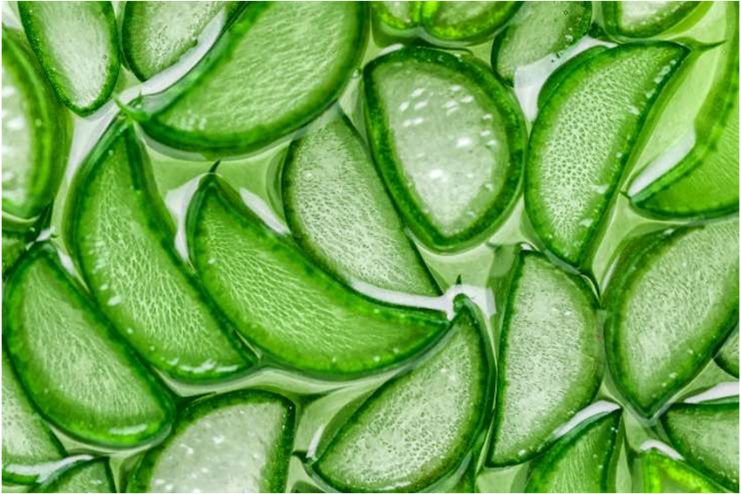
Aloe vera is amazing for the skin. Its benefits are plentiful, and it is known for its anti-inflammatory, soothing, cooling, and other addictive properties, making it one of the best treatments for heat rash.
Once you know that you have rashes, prickly heat, or sweat bubbles, even though they are mostly not very serious, the discomfort can be annoying. Aloe vera is a great source of comfort in such cases, and it has no side effects.
Use aloe vera straight from the plant. It allows the skin to breathe while fighting bacterial infections and reducing pain.
2. Baking Soda
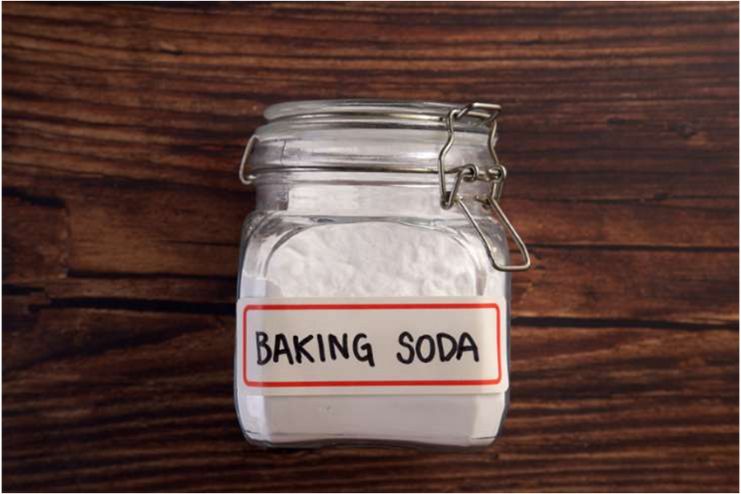
A baking soda bath can lessen heat rash symptoms and soothe skin. Its anti-inflammatory qualities make it an excellent treatment for heat rashes. When added to a bath, baking soda is a calming agent and helps balance the skin’s acidity. It can alleviate the agony of heat rashes by drastically lowering inflammation and irritation. After adding one or two cups of baking soda to the water, bathe for fifteen to twenty minutes and then leave the bath.
3. Neem
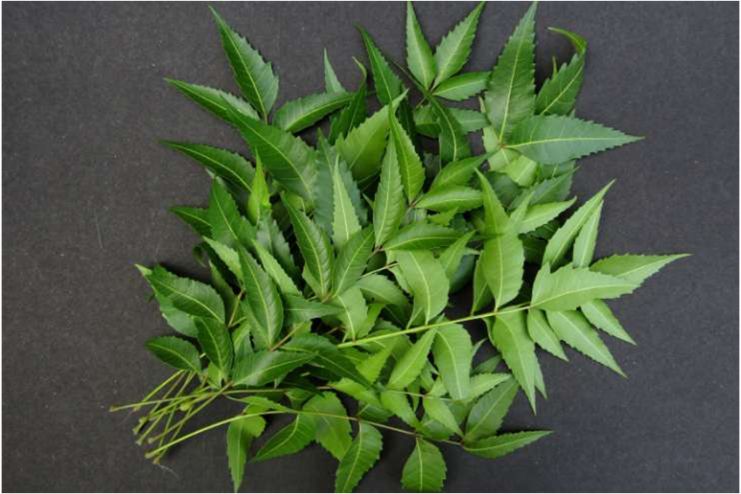
Neem (margosa) can be used to treat numerous skin rashes. Research indicates that it has antibacterial and anti-inflammatory properties, although there is limited human research available.Neem powder can be made into paste by mixing it with water. You can apply this paste to the rash, let it sit for a few minutes, and then wash it off. You can also use neem powder in a warm bath.
4. Coconut Oil
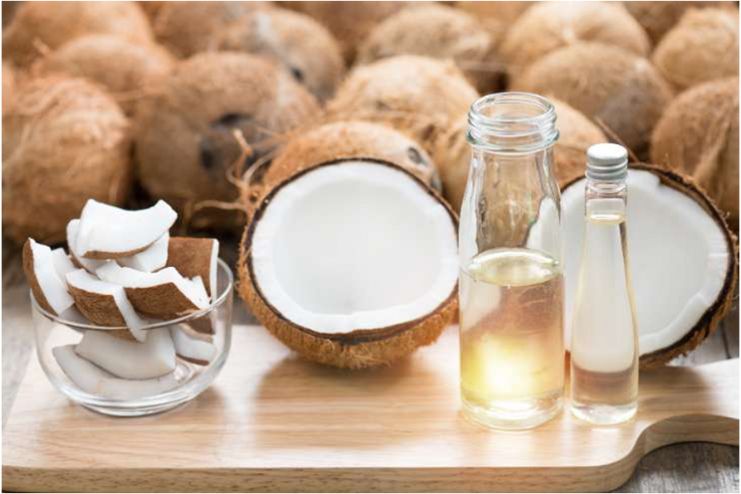
Coconut oil, a natural moisturizer, can soothe and heal heat rashes. It is a safe and efficient home treatment for heat rashes because of its antibacterial qualities, which can also help avoid infections. Virgin coconut oil is used because it is more pure and contains no additives. After applying coconut oil to the affected area for at least half an hour, rinse it with cool water.
5. Cornstarch
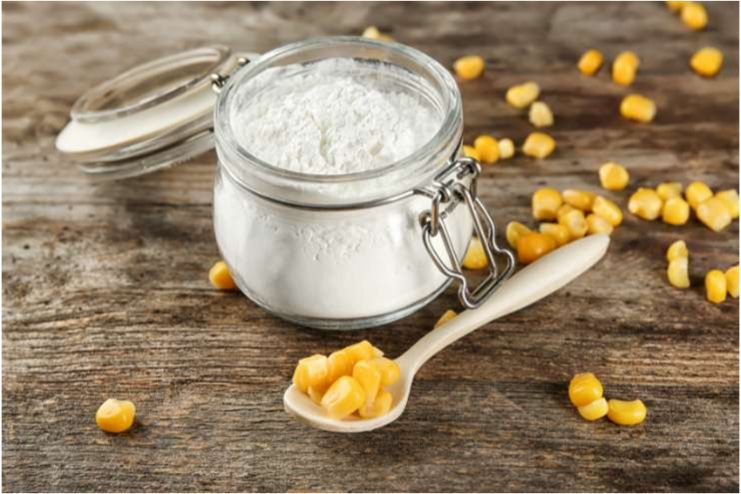
Dealing with skin rashes is tough, especially for infants or toddlers. Many of us wonder about using cornstarch to cure heat rash. It is indeed one of the very well-known ingredients that works great on heat rash in adults and babies.
Cornstarch is famous as a remedy for many kinds of rashes. Its high moisture absorbency makes it a great one for curing heat rashes. Apply a little amount of cornstarch to the affected region, then let it sit for ten to fifteen minutes before rinsing it off with lukewarmwater.
6. Epsom Salt Bath
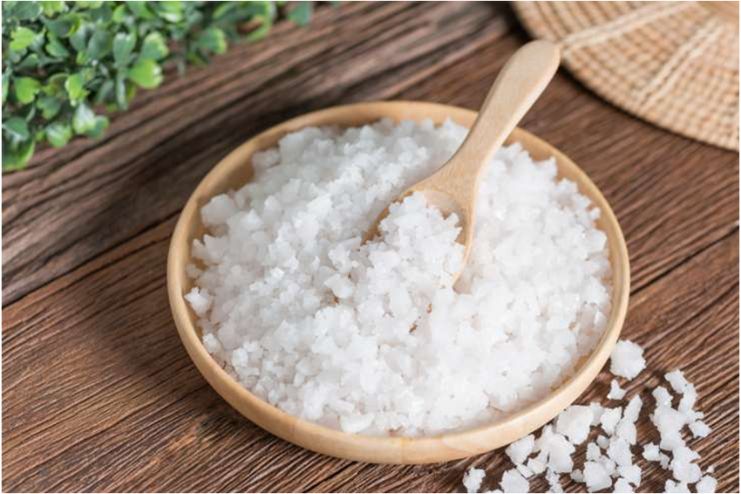
Using Epsom salts in baths is a common practice to alleviate stress and calm the skin. Taking a bath with Epsom salt may also help heat rash. Mix approximately two cups of Epsom salt with warm water when you want to bathe. Allow to soak for a maximum of fifteen minutes.
7. Cold Compress
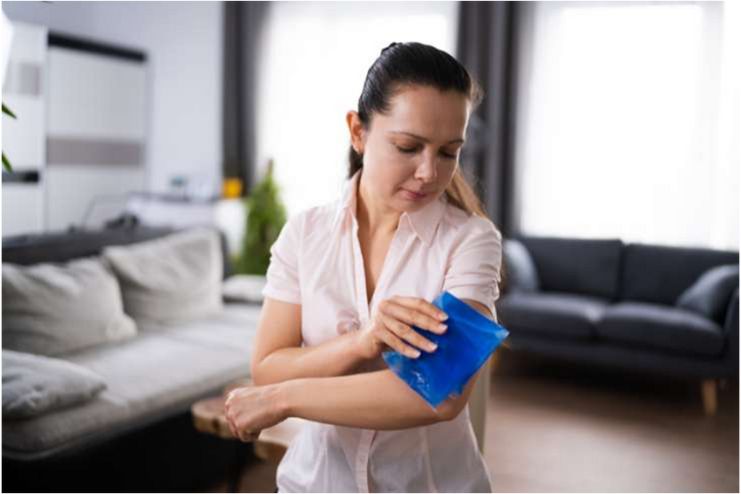
When it comes to relieving heat rash, one of the most effective methods is to cool down the skin. Individuals can minimize redness, itching, and swelling by applying a cold compress to the affected skin area. You can do it by using an ice pack or a cool cloth. If you are going to use an ice pack, you need to make sure that the ice pack is wrapped in something, like a towel, to protect the skin. It would help to never use an unwrapped ice pack directly on the skin.
8. Ice Cubes
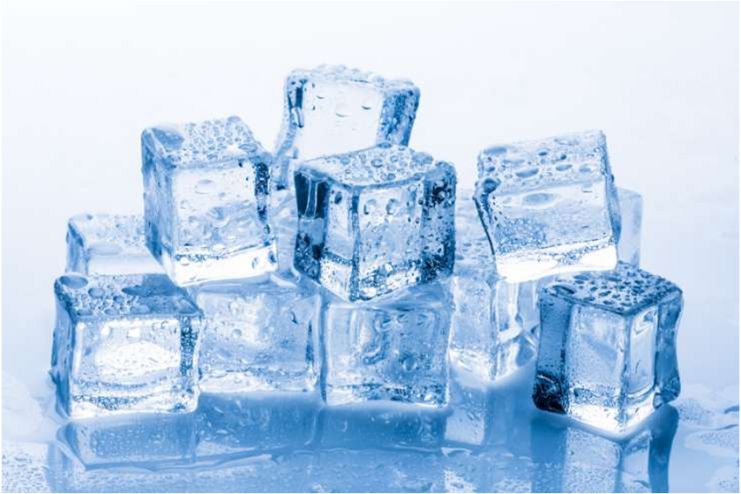
Ice cubes are great for applying inflammation or swelling. Applying ice to a heat rash could provide immediate relief from inflammation, itchiness, or a prickly sensation by numbing the skin area surrounding it. Ice applied to the affected skin brings down the temperature, preventing the heat from scattering further.
9. Sandalwood Paste
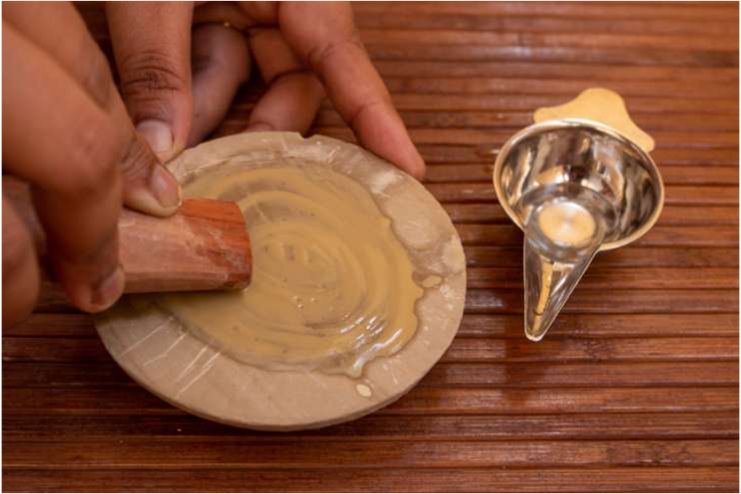
Sandalwood has anti-inflammatory and analgesic qualities, which may lessen some of the painful symptoms of heat rash. To treat the heat rash, people can make a paste out of sandalwood powder and water. To ensure they won’t experience an allergic response, people should first test the paste on a different part of their skin.
10. Oatmeal Bath
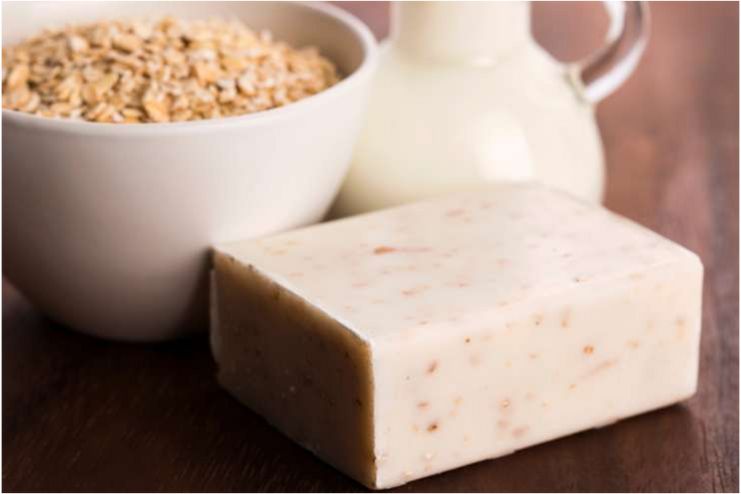
Oats can effectively treat many skin conditions. Oats contain avenanthramides, which have antioxidant qualities. These substances are also attributed to oats’ anti-inflammatory and anti-itch qualities. To relieve skin irritation, a person can bathe with colloidal oatmeal. Soak oats in a warm bath to accomplish this. Additionally, oatmeal purifies the skin.
11. Creams With Steroids
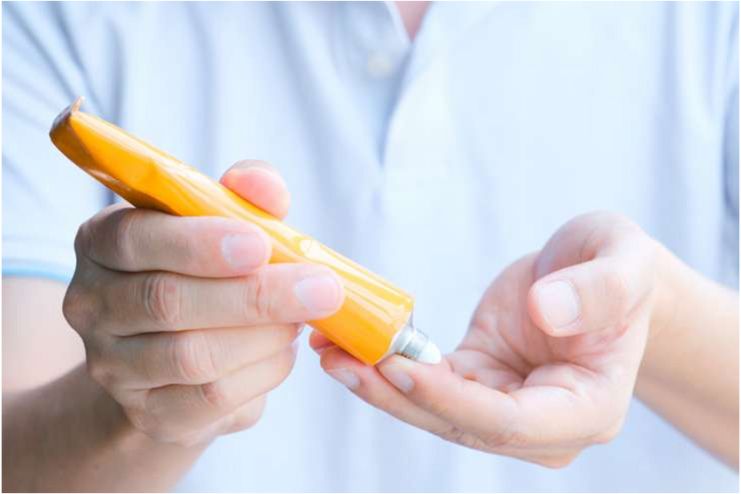
Steroid cream is a primary cream used to alleviate heat rash. Topical steroids, often known as corticosteroids, can reduce inflammation and itching, making them a good alternative for treating the symptoms of heat rash. You can obtain these over-the-counter, but a doctor can prescribe a more potent preparation.
12. Rose Water
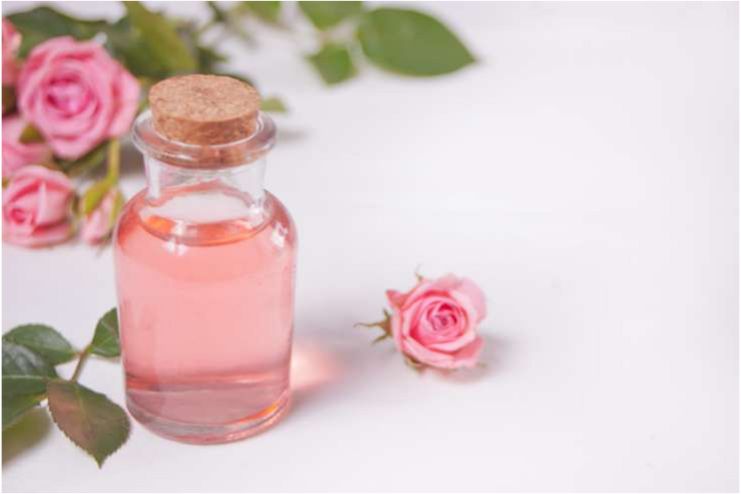
Rose water has amazing anti-inflammatory properties that could help reduce the redness of the affected and irritated skin. It also helps get rid of acne, eczema, and dermatitis. It is a great cleanser for the skin, aiding in removing oil and dirt accumulation in the pores. Mixing rose water with a tablespoon of honey makes it excellent for curing heat rashes.
13. Relaxing Showers and Baths
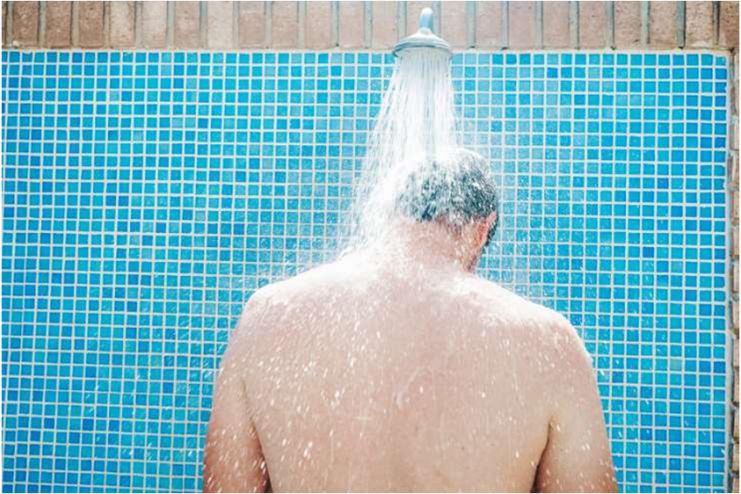
One of the most important steps in treating heat rash is cooling the skin. A refreshing shower or bath might be a fantastic way to start things off. As long as you take precautions to avoid getting cold, you can take a bath for up to ten minutes. Try to do this as many as two times a day.
14. Unscented Talcum Powder
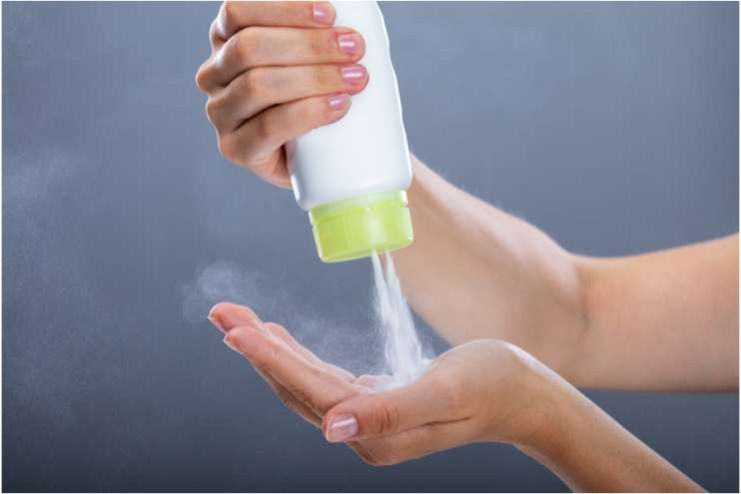
Talcum powder is considered to boost the healing process, especially for prickly heat rash. For the best results in treating heat rash, you must choose herbal talcum, which will help keep your skin dry in humid conditions and heal faster. The most important thing is not to use scented talcum powder, as it might cause more irritation when applied to the skin.
After a shower, you could sprinkle some talcum powder on the dry skin after you pat it dry. Concentrate more on the affected skin and spread the talc evenly. Repeat the procedure twice a day, especially in the mornings and during night, for the best results.
15. Calamine Lotion
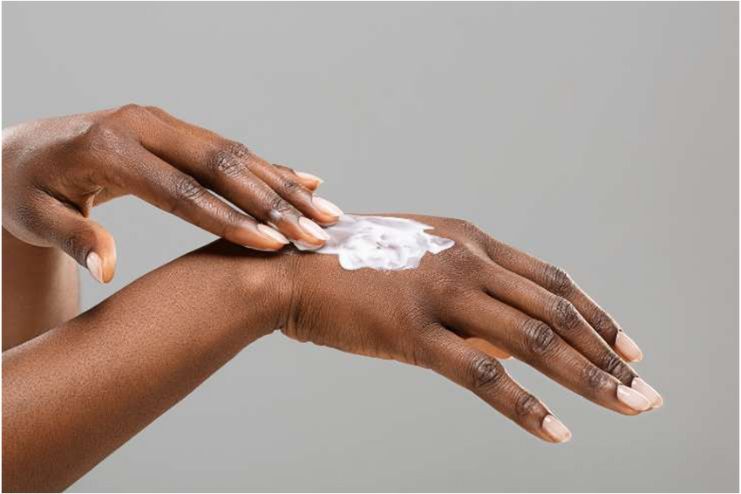
Calamine lotion can help alleviate itching. However, it can be very drying on the skin, which is why it is recommended to use a moisturizer in conjunction with it to prevent skin from becoming even more irritated. According to National Health Service in the United Kingdom, calamine lotion has potential to alleviate the symptoms of heat rash.
16. Air conditioners and Fans
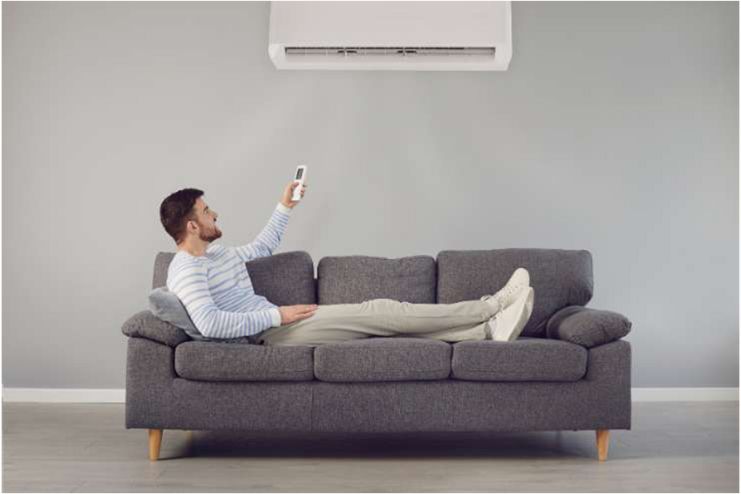
Not only should you take a bath or shower to cool the skin, but you should also try to lower the air temperature in your home. Turn on your window air-conditioning unit or reduce the temperature of the central air-conditioning system. Additionally, sitting in front of a fan may provide additional relief.
17. Chamomile Tea
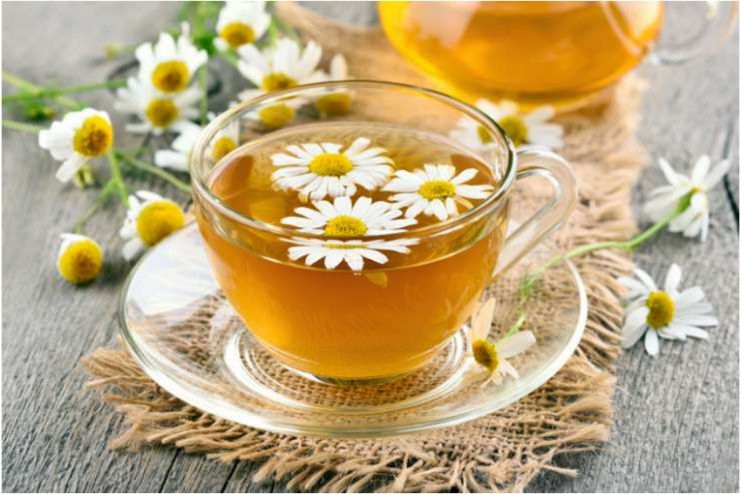
As a natural anti-inflammatory, chamomile tea can help calm the skin and lessen heat rash symptoms. It contains substances with anti-inflammatory and skin-soothing qualities, such as chamazulene and bisabolol. Make a potent cup of tea to begin using chamomile tea for heat rash. After brewing, let the tea cool fully. After that, apply a fresh cloth soaked in the cooled tea to the affected area. To assist in soothing the discomfort and lessening inflammation, apply the moistened towel to the rash for ten to fifteen minutes. Using a clean cloth reduces the chance of infection and guarantees hygiene.
18. Tea Tree Oil
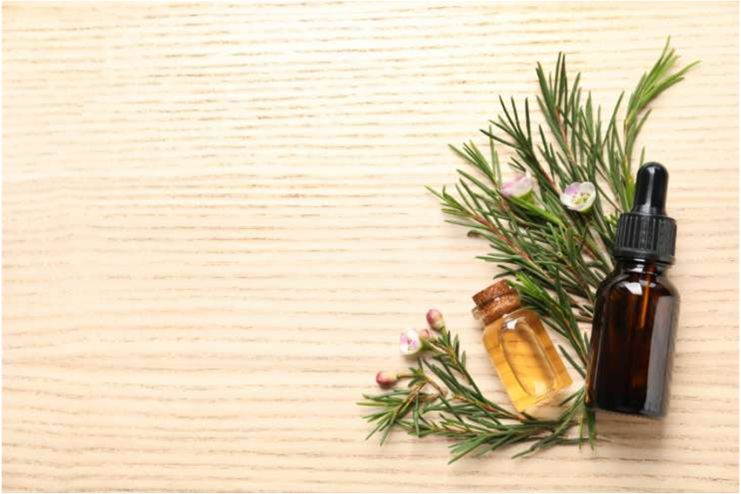
Due to its antibacterial qualities, tea tree oil can help relieve heat rashes and prevent infections. When diluted and applied to heat rashes, it can lessen inflammation and stop bacterial infections. Because of this, it is an effective treatment for heat rashes, particularly those susceptible to disease. To prevent skin sensitivity, tea tree oil should always be diluted with carrier oil. After mixing the carrier oil mixture with a few drop of tea tree oil, apply the mixture to the rash and let it sit for 15 to 20 minutes. Wash.
Tips for Prevention of Heat Rash
Following some important tips can be highly helpful in preventing heat rash. Some of the major heat rash prevention tips are:
- Avoid thick lotions and creams, which will clog your skin pores.
- Using soaps that do not contain fragrances and do not dry your skin can be helpful.
- Do not wear tight clothing as it may not allow your skin to breathe. Use fabrics that help absorb moisture, prevent sweat build-up on the skin, and cure heat rash.
- Avoiding the summer heat can be challenging, but try to stay in a cool place.
- A daily bath or shower is a gentle form of exfoliation that helps clear your pores of dirt. You do not need to scrub thoroughly; you can use a washcloth instead.
Most Effective Cream for Heat Rash
Calamine lotion and corticosteroid cream are the most effective treatments for heat rash. A typical type of corticosteroid cream is 1% hydrocortisone cream. It is not to be confused with hydrocortisone ointment, which has the potential to clog sweat glands during its application. Before applying hydrocortisone cream to children under the age of ten or if you are pregnant, you should see a medical professional.
Conclusion
When left untreated, heat rash, despite its prevalence, can cause discomfort for the human body. It is crucial to recognize its signs at an early stage and take fast action to prevent further discomfort or consequences such as infections. If you put the cures and strategies that have been offered into practice, you will be able to efficiently manage heat rash and enjoy the warmer months without any anxiety.
FAQ’s
Is Prickly Heat Rash Contagious?
Many contagious rashes spread from one person to person directly via contact. But heat rashes aren’t infectious. They do not pass from person to person.
Does Prickly Heat Itch?
Yes, it is an itchy rash caused by sweat trapped in the pores of the skin. When the narrow duct carrying sweat to the skin surface gets clogged, the trapped sweat causes inflammation, which in turn causes irritation and itchiness.
Can Prickly Heat Cause Pain?
The trapped sweat causes inflammation, which may lead to rashes of small bumps and very tiny blisters. These blisters occasionally cause pain.
-
May 2018Written by Kavita R
-
Dec 2024Edited by Ankita
References
- https://www.mayoclinic.org/diseases-conditions/heat-rash/symptoms-causes/syc-20373276
- https://www.nhs.uk/conditions/heat-rash-prickly-heat
- https://www.medicalnewstoday.com/articles/181512#causes
- https://www.mayoclinic.org/diseases-conditions/heat-rash/symptoms-causes/syc-20373276
- https://www.healthdirect.gov.au/heat-rash
- https://www.medicalnewstoday.com/articles/181512#symptoms
- https://www.healthline.com/health/heat-rash-home-remedies#recovery-time
- https://www.verywellhealth.com/heat-rash-remedies-8625324
- https://docsmedicalgroup.com/docsurgentcare/10-effective-home-remedies-for-heat-rashes-when-to-seek-help-from-urgent-care-in-southington-ct/
- https://www.medicalnewstoday.com/articles/326430#oatmeal-bath
- https://www.goodrx.com/health-topic/dermatology/how-to-prevent-heat-rash
- https://www.webmd.com/skin-problems-and-treatments/understanding-heat-rash-basics
In this Article

















